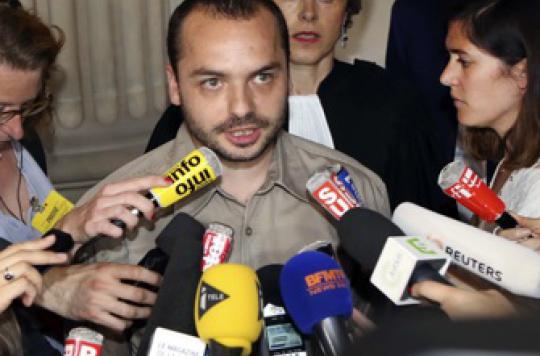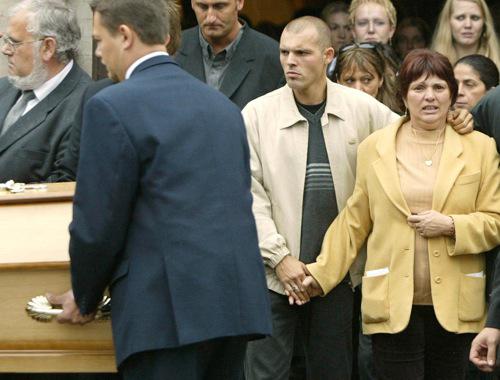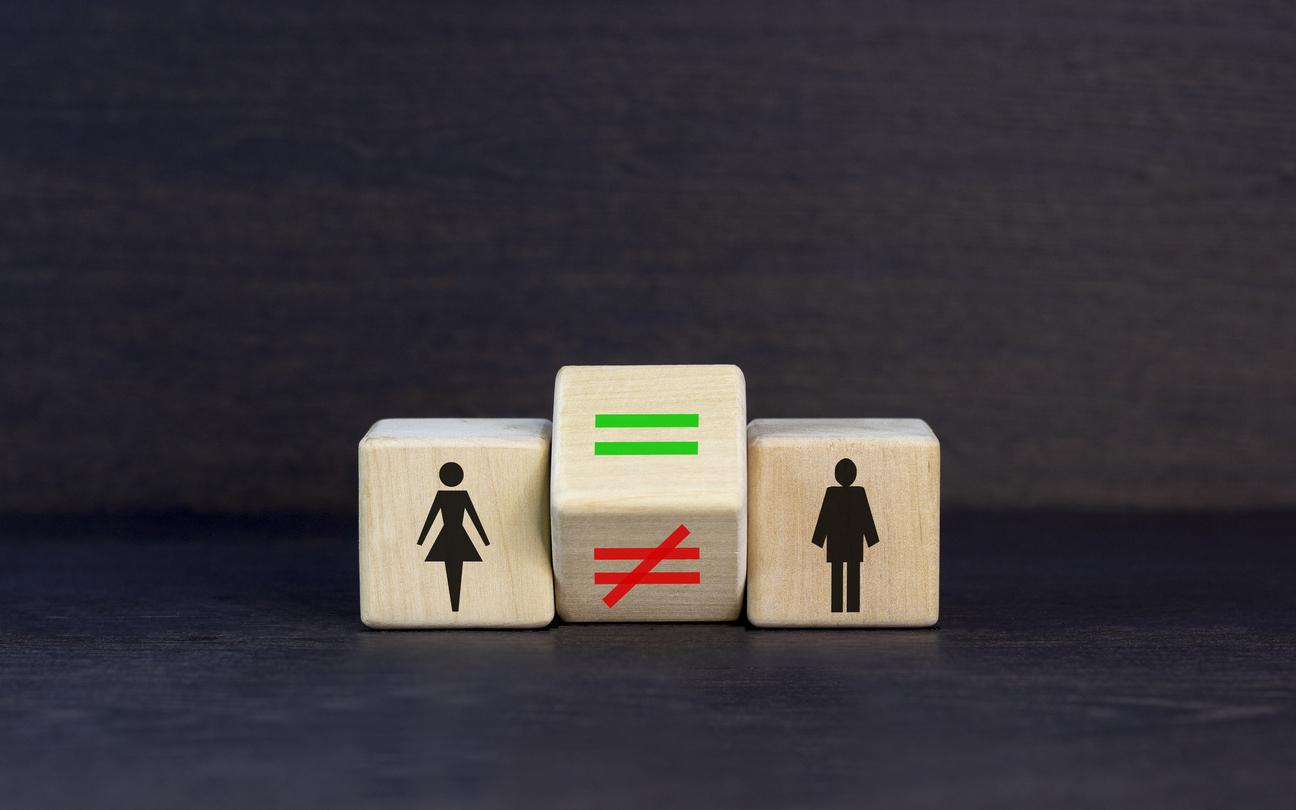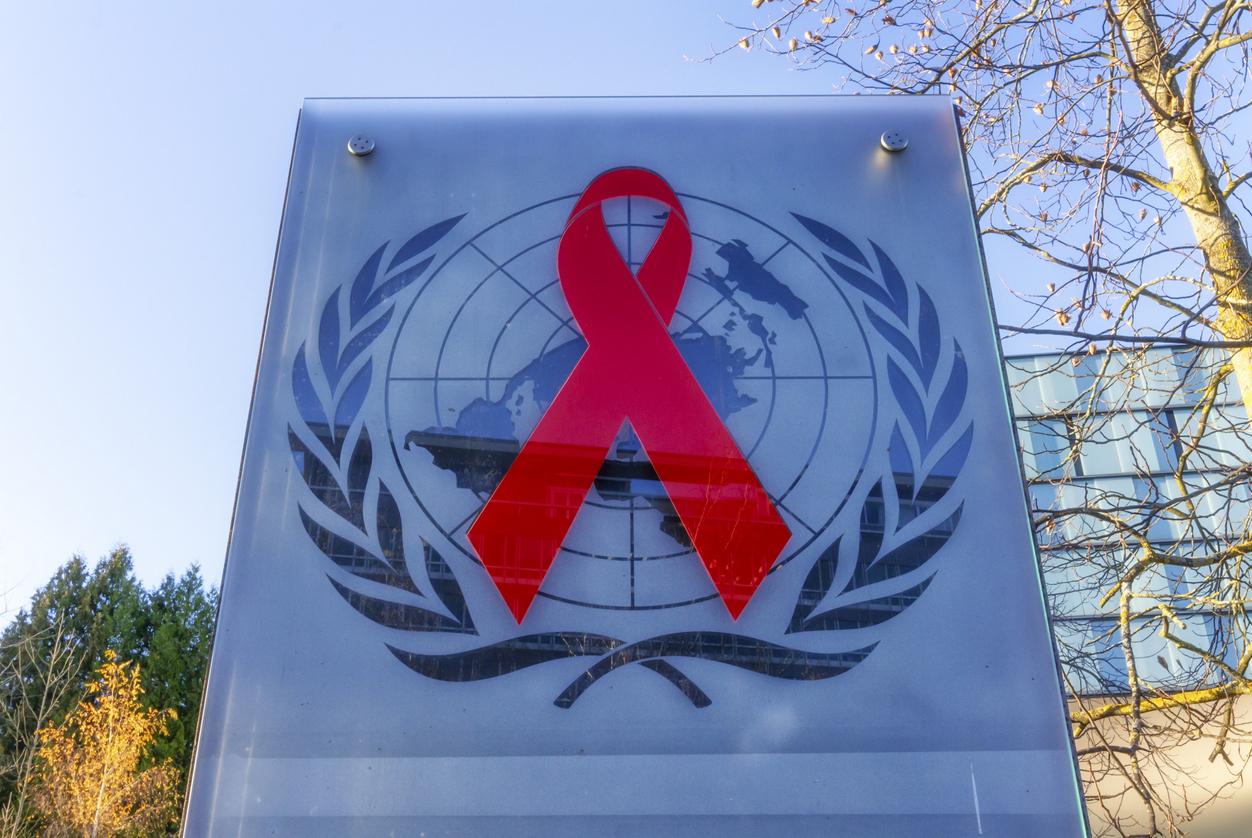The law on the end of life, in full revision, was built over the trials and media cases. A look back at three emblematic cases.

François Hollande received this morning the bill on the end of life drafted by two parliamentarians. He approved this text in its entirety, so it will serve as the basis for a new law. Why actor takes a look back at the major cases that shaped the legislation.
Vincent Humbert
In September 2000, this young 19-year-old firefighter was the victim of a road accident. After six months in a coma, he wakes up paralyzed in all four limbs, dumb, almost blind, but with all his intellectual faculties. Two years later, he wrote a letter to the President of the Republic, which began with these words: “Mr. President, I ask you for the right to die”. Jacques Chirac replies helplessly: “I cannot bring you what you expect”.
It is his mother who will therefore have to help him to leave. Three years to the day after the accident, she injects a dose of barbiturates into her gastric tube, which plunges her son into a coma. The same evening, she was taken into custody for attempted murder, then released the next day. Vincent Humbert died on September 26, 2003.
His doctor immediately and publicly accepted his action. He unplugged the young man’s respiratory system, and injected him with a dose of potassium chloride. Judicial information is open. It targets Marie Humbert for “administration of toxic substances committed with premeditation and on a vulnerable person” and Dr Chaussoy for “poisoning with premeditation”. They will ultimately benefit from a dismissal.
The three protagonists were far from suspecting that they would become the icons of a new right to die. Indeed, the day of the death of Vincent Humbert, and faced with the immense repercussion of the affair, the deputies opened an information mission on “the accompaniment of the end of life”, which will give birth to the law Leonetti. It which makes it possible to stop a treatment and proscribes the therapeutic relentlessness, without legalizing the euthanasia.

Marie Humbert accompanied by her son Laurent at the exit of the church, during the funeral of Vincent HUMBERT. MICHEL SPINGLER / AP / SIPA
Chantal Sébire
Suffering from an incurable tumor of the sinuses deforming her face, Chantal Sébire asks the courts “to authorize one of her doctors to be delivered and to give her the substances necessary for a dignified and serene end of life”. In contradiction with the Leonetti law, the request for assisted suicide of this 52-year-old teacher was rejected on March 17, 2008 by the court of Dijon. Chantal Sébire therefore put an end to her own life by ingesting barbiturates two days later.
Several medical or political personalities then pleaded for the establishment in the law of an “exception for euthanasia” for people with incurable diseases without being terminally ill, a position already advocated by the Ethics Committee in March 2000. The end-of-life law assessment mission ultimately rules out any legalization of assistance in dying but sets up an Observatory of end-of-life practices to gain a quantitative overview of these practices, which are generally not very publicized by the medical profession.
Vincent lambert
At 32, this nurse was the victim of a road accident in September 2008. Tetraplegic, over time he went from a phase of deep coma to that of a state of minimal consciousness. A state that doctors describe as “pauci-relational” and which, unlike the vegetative state, is characterized by the existence of some signs of consciousness (eye movement, probable feeling of pain, etc.).
In 2011, doctors hinted to his family that his condition is unlikely to ever improve. With the agreement of his wife Rachel, the doctors at the University Hospital of Reims decide to stop artificial feeding and maintain low hydration. Despite the absence of advance directives from the patient, Rachel insists that before the accident, Vincent had often reiterated that he did not wish to be kept artificially alive if such a tragedy happened to him.
But his parents don’t understand it that way. Opposed from the start to the doctors’ decision to stop treatment, they filed a request in May 2013 for the feeding tube to be restored. They criticize the CHU for not having informed them of the process and therefore not having taken their opinion into account. Justice proves them right.
Since then, Vincent’s family has been torn apart over the question of continuing or stopping care. Expert commissions follow one another. Seized, the Council of State recommended the end of life, but the European Court, it annulled its decision. It will have to decide on January 7. In the meantime, Vincent Lambert is still in a state of chronic coma. His case has shown the limits of the Leonetti law, and in particular of the collegial procedure in the event of conflict.

Vincent Lambert with his mother, PhotoPQR / L’Union de Reims / Maxppp
And the others…
Less spectacular, less publicized, they did not revolutionize the law but all showed the limits and the contradictions of the French law on the end of life. Among them, the “old husband and wife of Lutetia”, who died hand in hand in the famous Parisian hotel. They committed suicide one evening in November, in 2013, leaving behind a letter addressed to the public prosecutor. They demanded the right to die with dignity.
Last month, an octogenarian killed himself at Ambroise-Paré hospital in Boulogne-Billancourt after killing his wife with a bullet. The latter, aged 82, was hospitalized with an incurable cancer. The couple, married for many years, had already tried to commit suicide two weeks before, by absorbing drugs.
And then there are all these doctors, prosecuted for homicides, because they have killed patients who, they swear, demanded it. The emergency physician Nicolas Bonnemaison is the best known case. Many of them speak out against themselves. And to show that the law on the end of life still needs to evolve.
.















